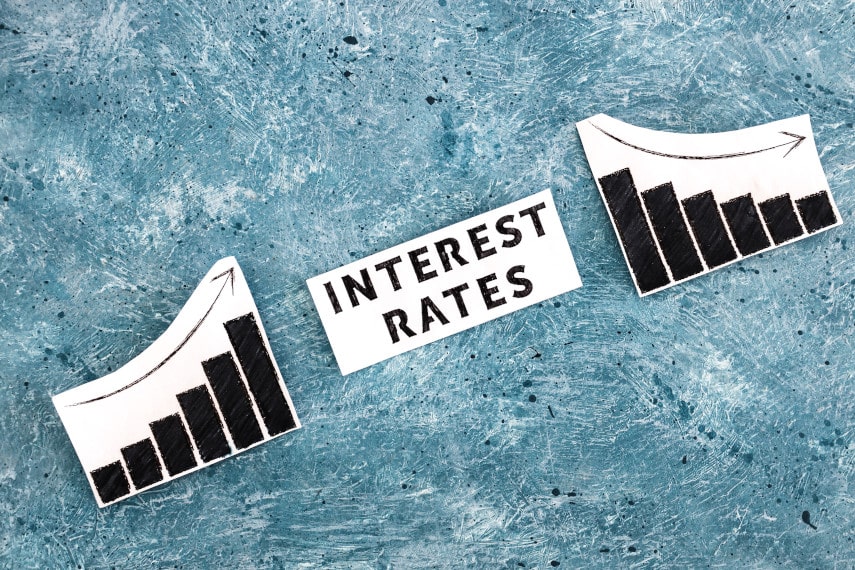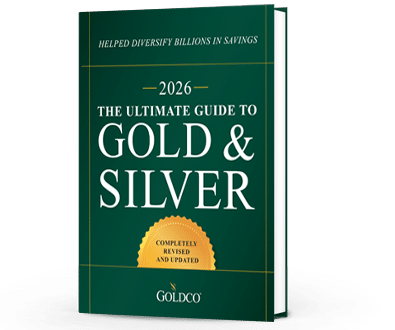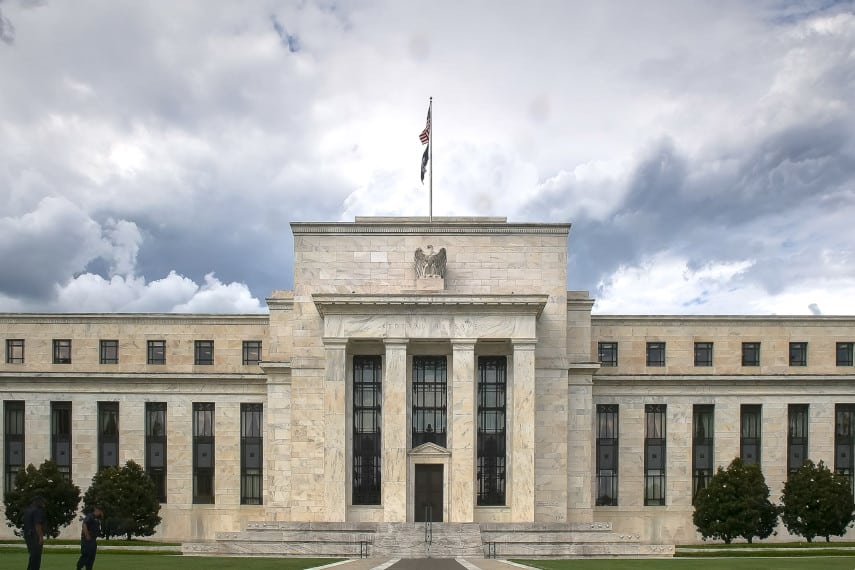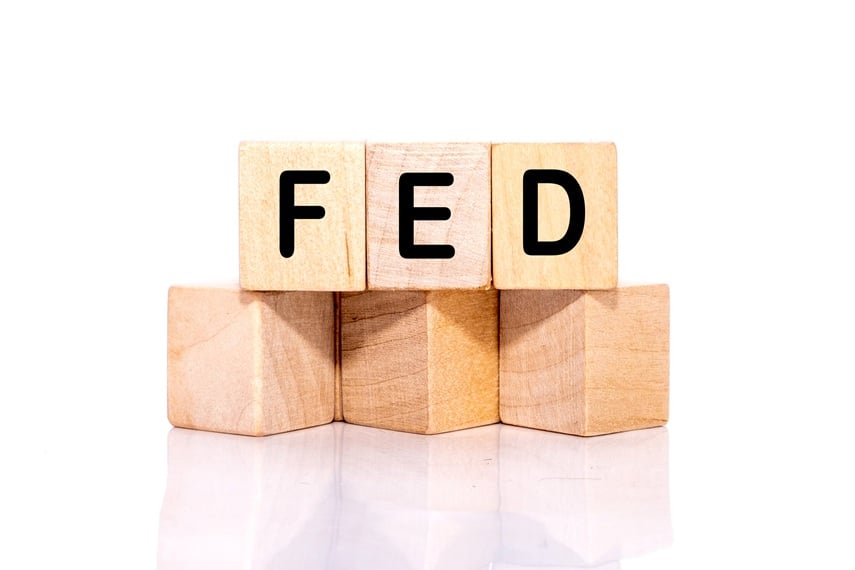
With the recent unease in financial markets, one question that has been on many people’s minds is: what will the Federal Reserve do with interest rates?
The Fed has paused its interest rate cuts for the past couple of FOMC meetings, holding steady until it gets a better sense of which way the economy is moving. But President Trump has put pressure on Fed Chairman Powell to cut interest rates.
Normally when the economy starts to show signs of weakness, the Fed is at the forefront, cutting interest rates or providing liquidity to try to revive things. And in years past, the Fed has often done this, for instance in its response to the “Taper Tantrum” in 2013.
But the Fed right now is standing pat, despite markets having shed trillions of dollars in value over the past few weeks. So what interest rate move might the Fed make at its next FOMC meeting?
3 Key Takeaways
- President Trump has been putting pressure on the Fed to cut interest rates.
- The impact of tariffs on inflation and economic growth could influence the Fed’s upcoming interest rate decisions.
- Amidst growing economic uncertainty, safe haven buying of gold has helped push the gold price to record highs.
The Case for Interest Rate Cuts
Perhaps the strongest reason for the Fed to cut rates is because President Trump wants Chairman Powell to do it. Despite all the talk of Fed independence, the Federal Reserve System is a federal agency that is subject to executive oversight.
Of course, the question as to whether the President can remove a member of the Board of Governors or even the Chairman is not perfectly clear. But with President Trump having previously stated that he won’t renominate Powell for another term as Chairman, it would seem there’s no real incentive for Powell to give in to Trump’s pressure.
In previous instances in which the economy has shown signs of slowing, the Fed has not been hesitant to cut rates. Its interest rate cuts during 2007 and 2008 were a direct response to signs that financial markets were showing signs of instability.
This time around, however, the Fed has also had to deal with the problem of inflation, which is running above its 2% target. With inflation hitting 40-year highs just a few years ago, the Fed is undoubtedly worried that if it cuts rates too low, it could risk spiking inflation.
But at the end of the day, regardless of political pressure, the health of the economy could be the factor that causes the Fed to cut rates. If markets continue their volatility, or if the unemployment rate picks up, that could spur the Fed to cut rates.
The Case for Standing Firm (or Raising Rates)
President Trump’s tariffs haven’t been in place very long yet, and it could take months before their impact on global supply chains and the price of imported goods is really felt. So in the meantime there isn’t much urgency for the Fed to cut rates.
If these tariffs end up impacting the economy negatively, then there might be some pressure to cut rates. But if these tariffs end up resulting in price increases that show up in inflation data, that rise in prices could cause the Fed to hold off on raising rates.
Inflation is still above the Fed’s 2% target, and Chairman Powell and others have repeatedly stated that they are keeping an eye on inflation to ensure that it doesn’t get out of hand again.
For the sake of argument, let’s assume that these tariffs result in an immediate 5% increase in price in all imported goods, and that this results in a spike in the inflation rate to 5%. That would seem to indicate that the Fed should at the very least hold steady on rates, if not raise them.
But again, as with the argument for rate cuts, everything is going to depend on the impact of tariffs, and it could take months before the impact is noticeable and the Fed reacts one way or another.
Helping To Protect Your Wealth
No matter what the Fed decides to do, the outlook for the economy seems to be looking more and more negative all the time. And more and more Americans are getting uneasy about their 401(k) accounts, wondering what’s going to happen next.
If you’ve built up your retirement savings over the decades, can you afford to let it all melt away if markets end up performing like they did in 2008?
Many Americans today are looking for safe havens to help safeguard them against economic uncertainty and financial turmoil, and more and more are finding that safety with gold. Gold has served as a safe haven for centuries, and is often one of the first assets people look for when looking to safeguard their wealth.
Recent safe haven buying has helped push the gold price to record highs of over $3,200 an ounce, and with so much uncertainty about the future, there is no telling where gold could go next.
Many people are choosing to buy gold with a gold IRA, which allows you to use your existing retirement savings to purchase physical gold coins or gold bars.
Gold IRAs offer the same tax advantages as any other IRA account, and can be funded with rollovers from existing 401(k), 403(b), TSP, IRA, or similar retirement accounts, which normally occur tax-free.
With over $3 billion in precious metals placements and thousands of satisfied customers, Goldco has helped many Americans benefit from adding gold to their portfolios. If you’re worried about the future of the economy, maybe it’s worth taking a look at gold.
No matter how you choose to buy gold, Goldco has options available for you. We work with mints around the world to source high quality IRA-eligible gold coins, guaranteeing that the gold you buy is 100% authentic.
Don’t wait for the Fed to move interest rates one way or another before you take steps to try to safeguard your money. Call Goldco today to learn more about how you can put gold to work in helping to preserve your wealth.




